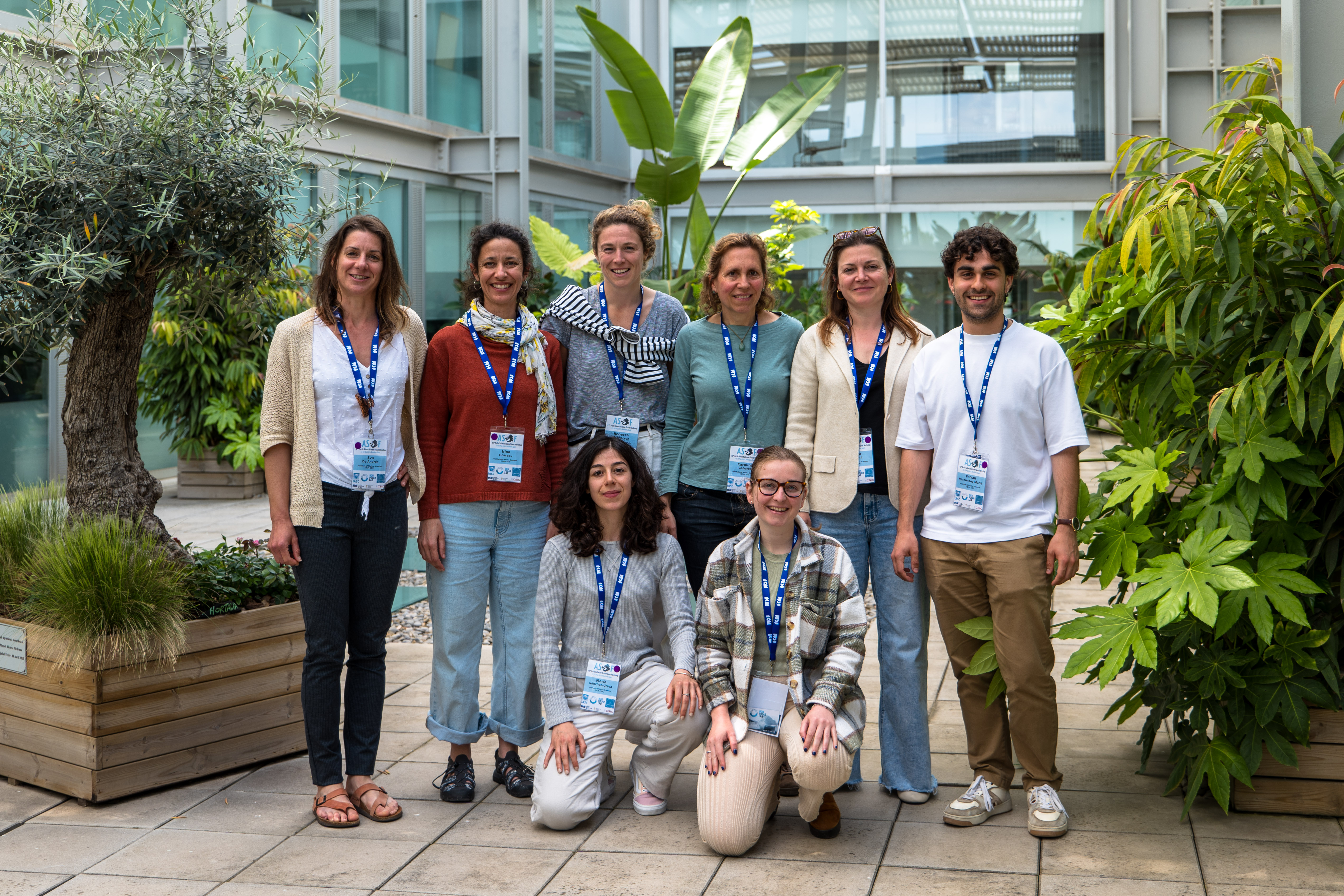
El Grupo de Oceanografía Polar y Estudios Crioféricos, también conocido como Barcelona Polar Lab, es un grupo de investigación del Instituto de Ciencias del Mar (ICM-CSIC) en Barcelona, dedicado al estudio de las regiones polares.
Nuestra investigación se centra en los procesos del hielo marino, la dinámica oceánica y los flujos de agua dulce, mediante la combinación de datos satelitales, observaciones in situ y modelos numéricos. A través de un enfoque que integra ciencia y tecnología de vanguardia, investigamos cómo los cambios en las zonas polares afectan la circulación oceánica, el balance global de agua dulce y la dinámica climática.
Somos un equipo multidisciplinar que aporta una amplia experiencia y colabora activamente con investigadores de todo el mundo para avanzar en el conocimiento de las regiones polares. Además, mantenemos un fuerte compromiso con la formación y la divulgación científica, contribuyendo a acercar la investigación polar a la sociedad.
Visita nuestra web: polar.icm.csic.es